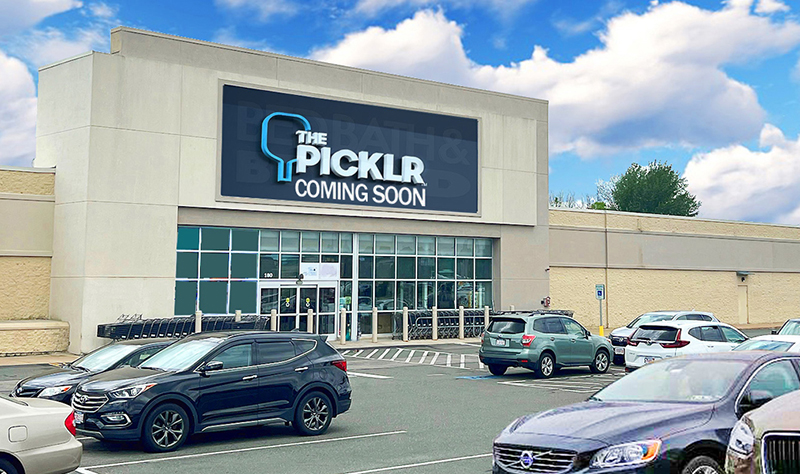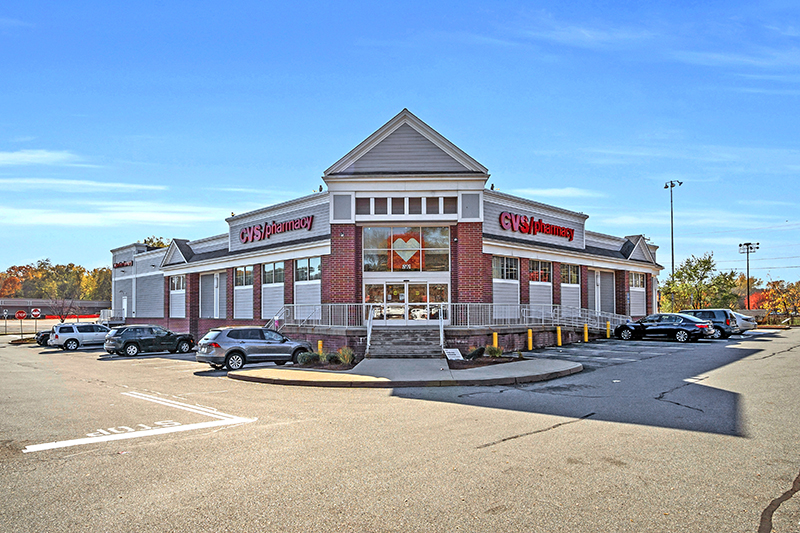News: Retail
Posted: June 26, 2008
When it comes to sustainability, what does the retail real estate industry stand to gain by going green?
When it comes to green design, the retail industry has taken a "wait and see approach" for too long. LEED certification and sustainable design can be expensive and much of the retail industry lacks the data to support the extra costs. However, several retailers and the companies who develop retail, even in foregoing the pursuit of LEED certification, are realizing the benefits of sustainable design.
Many of the developers and design professionals of non-retail building types realize the benefits of being green and embrace sustainable design. According to the US Green Building Council (USGBC), there are currently 1,471 LEED (Leadership in Energy and Environmental Design) certified projects, and 11,188 have registered their intent to pursue LEED certification. Of the 1,471 LEED certified projects, only two are shopping centers, and of the 11,188 registered projects, the retail sector can claim only 92.
Due to the limited number of completed green retail projects, there is a gap in the data showing the cost benefits of sustainability in retail centers. In contrast, commercial office developments have statistics showing a higher percentage of leased space per sustainable or LEED-certified office building than a traditionally constructed and maintained building.
The design professionals and contractors who build sustainable and LEED-certified projects estimate the increase in cost for a sustainable building to be between 5-7%, and with the highest levels of LEED certification, cost increases can be closer to 20%. Much of the cost increases are not in hard building costs, but from increases due to the paperwork required for filing a project with the USGBC for LEED certification.
Despite the costs and complexities of LEED certification, many in the retail industry realize the benefits of incorporating sustainable design elements into their projects without pursuing or achieving LEED certification. There are plenty of opportunities to incorporate green principles into both new and major renovations of retail center projects that save operational expenditure without substantial first time cost. Most of these opportunities lie waiting in the LEED categories of sustainable site design, water efficiency and materials/resources. Although not always obvious, some opportunities include specifying reflective white roof materials, drought resistant landscaping, low-flow toilets and urinals, energy efficient light fixtures and the use of natural daylight. Other smart sustainable design principles not necessarily linked to higher costs and easily incorporated into retail projects are the use of locally manufactured building products, materials with recycled content, permeable paving and storm water management, and retention for landscape irrigation.
A reflective white roof reduces the heat-island effect commonly resulting from large expanses of dark roofing materials and parking lot paving. Light colors reduce both surface temperature, and as is the case with roofs, temperatures under the surrounding spaces, resulting in reduced loads on a building's HVAC system, and lower operating costs.
Daylighting techniques combined with energy-efficient, fluorescent light bulbs can result in significant savings. A report written for the Minnesota Office of Environmental Assistance suggests that calibrated daylight controls in retail building types could result in an average cost savings of 12%, and improved lighting design could save 33% in energy costs.
Landscape plans utilizing native and drought resistant plant materials can significantly reduce water consumption and save on irrigation and maintenance costs. Permeable paving, green spaces and water retention basins can greatly reduce storm water runoff, especially when designed with a system of bioswales using indigenous plant life. Efficient storm water management that filters pollutants and limits the runoff into local rivers and streams can also be used to retain water for irrigation and non-potable water for toilets and urinals.
Several developers have consistently used these design elements. The Shops 600 at Abercorn Common in Savannah, developed by Melaver, Inc., quotes a reduction of 30% from using a tight building envelope, high-efficiency light fixtures and HVAC equipment. Porous pavement in the development's parking lots has reduced storm water runoff volumes by over 30%.
Forest City uses energy-efficient lighting, large-scale recycling programs, water management, and parks and open space preservation in many of their designs. The company completed its first LEED-certified shopping center near Denver at Northfield Stapleton and has several others planned.
As the demand for energy and natural resources continues to increase, it is clear sustainable design and green building principles are tools the development industry will use to satisfy the growing concerns of the communities they help create, and the tenants who use their buildings. By incorporating energy efficient, smart, low-cost sustainable design into their buildings, retail developers not only benefit financially, but also have the added benefit of improving their ecological image. This new "eco-friendly" approach is already proving to pay dividends for some retailers and developers who use it in marketing and publicity campaigns to attract younger customers and high-profile tenants. Although it may still take more time before the entire retail world is LEED certified, the reasons to take steps toward sustainability are mounting to a point where they can't afford to be ignored any longer.
James Viviano, AIA, LEED AP, is an associate director at Cooper Carry, New York, N.Y.
Tags:
Retail
MORE FROM Retail
Mace of KeyPoint Partners negotiates 36,192 s/f lease for The Picklr at Endicott Square
Danvers, MA KeyPoint Partners (KPP) negotiated a lease with the nation’s premier indoor pickleball venue The Picklr at Endicott Sq. Vice president of retail brokerage Don Mace negotiated the transaction on behalf of the landlord.





.jpg)


